In the past 20 years, the world of computer hardware has undergone a revolutionary transformation. From the introduction of the Pentium processor to the recent release of the Ryzen chip, there have been numerous milestones that have shaped the way we use and interact with technology.
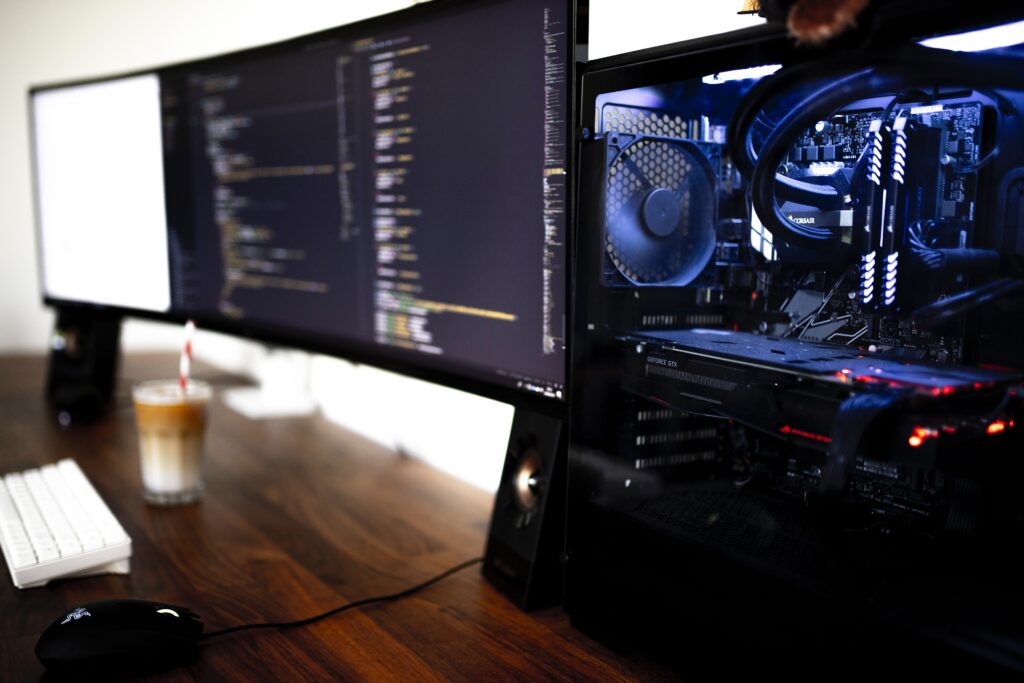
The advancements in computer hardware have not only improved the speed and efficiency of our devices, but also opened up new possibilities for innovation and development.
In this blog post, we will explore the major improvements in computer hardware over the past two decades and discuss what the future holds for this rapidly evolving industry.
The Rise of Processing Power
Over the past two decades, the world of computer hardware has witnessed remarkable advancements in processing power. From the introduction of the Pentium processor to the latest release of the Ryzen chip, processing power has increased exponentially, transforming the way we use and interact with technology.
One of the major milestones in processing power was the introduction of the Pentium processor by Intel in 1993. This processor brought about a significant improvement in performance and speed, allowing users to perform complex tasks more efficiently.
It marked the beginning of a new era in computing, where processing power became a crucial factor in determining the capabilities of a computer.
As technology progressed, processors became faster and more powerful. The introduction of multi-core processors further enhanced processing power by allowing multiple tasks to be executed simultaneously. This led to significant improvements in multitasking and increased overall performance.
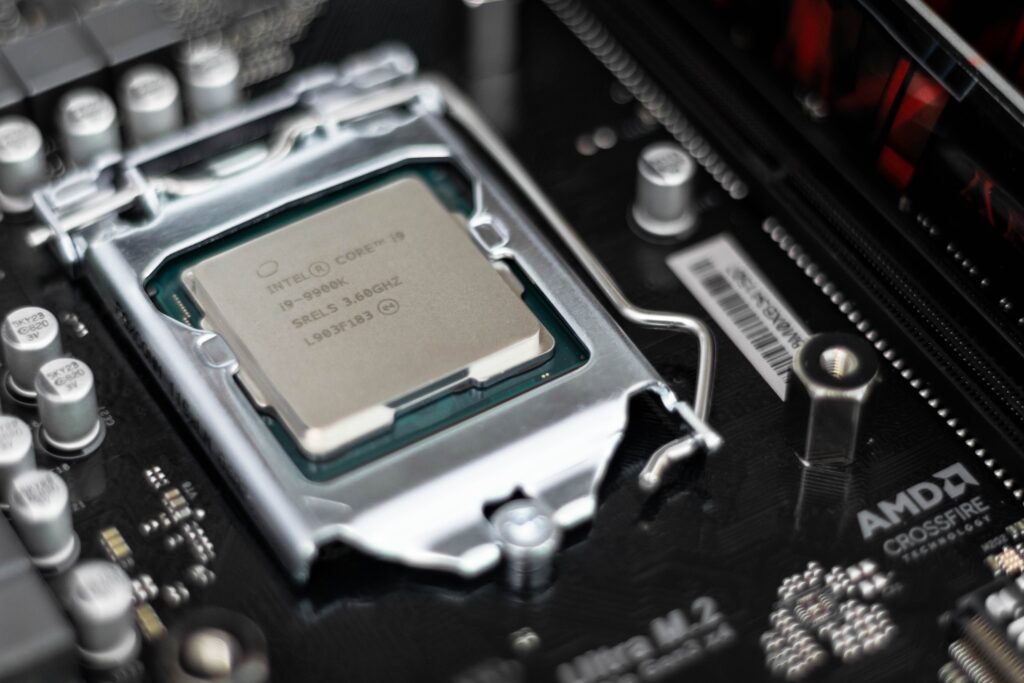
In recent years, AMD’s Ryzen chips have emerged as strong contenders in the processing power race. These processors are known for their exceptional performance and efficiency, making them popular among gamers and professionals alike. With increased clock speeds and higher core counts, Ryzen chips have pushed the boundaries of processing power even further.
The rise of processing power has had a profound impact on various aspects of computing. Graphics processing, for example, has greatly benefited from the increase in processing power. High-end graphics cards are now able to handle complex rendering tasks, resulting in stunning visual effects and realistic graphics in video games and computer-generated imagery.
Networking and data processing have also been revolutionized by the rise of processing power. The ability to handle large volumes of data quickly and efficiently has allowed for faster and more reliable network connections, enabling seamless streaming, online gaming, and real-time communication.
The Transformation of Storage Devices
The world of computer hardware has witnessed remarkable advancements in the past two decades, and one area that has undergone a significant transformation is storage devices. The way we store and access data has evolved dramatically, shaping the way we use and interact with technology.
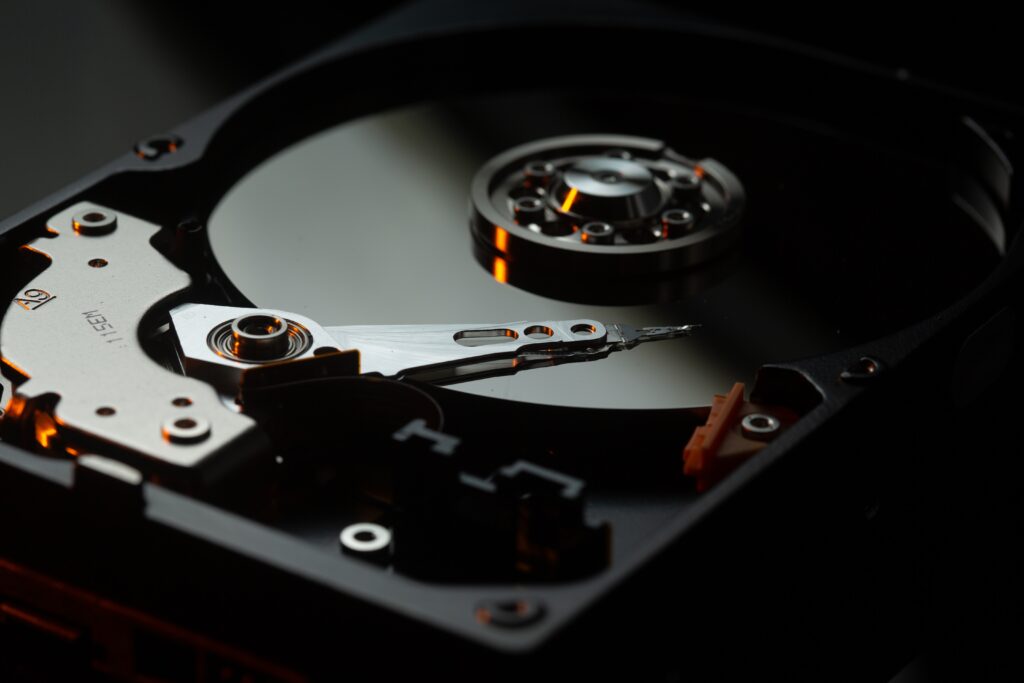
In the early days of computing, hard disk drives (HDDs) were the primary storage devices used in computers. These mechanical devices relied on spinning platters and read/write heads to access data. While they provided a reliable method of storage, HDDs had their limitations. They were prone to mechanical failures, had slower read and write speeds, and were limited in capacity.
However, with the advent of solid-state drives (SSDs), the storage landscape was revolutionized. SSDs use flash memory to store data, which allows for faster access times, reduced power consumption, and increased durability compared to HDDs. These improvements in performance and reliability have made SSDs the go-to choice for both personal computers and enterprise systems.
Another significant development in storage technology is the introduction of cloud storage. With the rise of networking capabilities, storing data on remote servers became increasingly popular.
Cloud storage offers many benefits, including data accessibility from anywhere with an internet connection, automatic backup and synchronization, and scalability to accommodate growing storage needs. Services like Google Drive, Dropbox, and Microsoft OneDrive have become integral parts of our digital lives, providing us with the convenience and flexibility we need.
The transformation of storage devices has also played a crucial role in supporting the advancements in graphics and display technology. High-resolution images, videos, and games require significant amounts of storage space, and SSDs and cloud storage have provided the capacity and speed needed to handle these large files efficiently.
Looking ahead, the future of storage devices is promising. Technologies like 3D NAND and NVMe (Non-Volatile Memory Express) are expected to push the boundaries of storage performance even further.
These advancements will bring faster data transfer speeds, higher storage capacities, and improved reliability.
The Evolution of Graphics and Display Technology
Graphics and display technology have come a long way in the past two decades, revolutionizing the way we experience and interact with digital content. From pixelated images and simple 2D graphics to lifelike virtual reality and high-definition displays, the evolution of graphics and display technology has been nothing short of extraordinary.
Advancements in processing power have played a crucial role in driving the evolution of graphics and display technology.
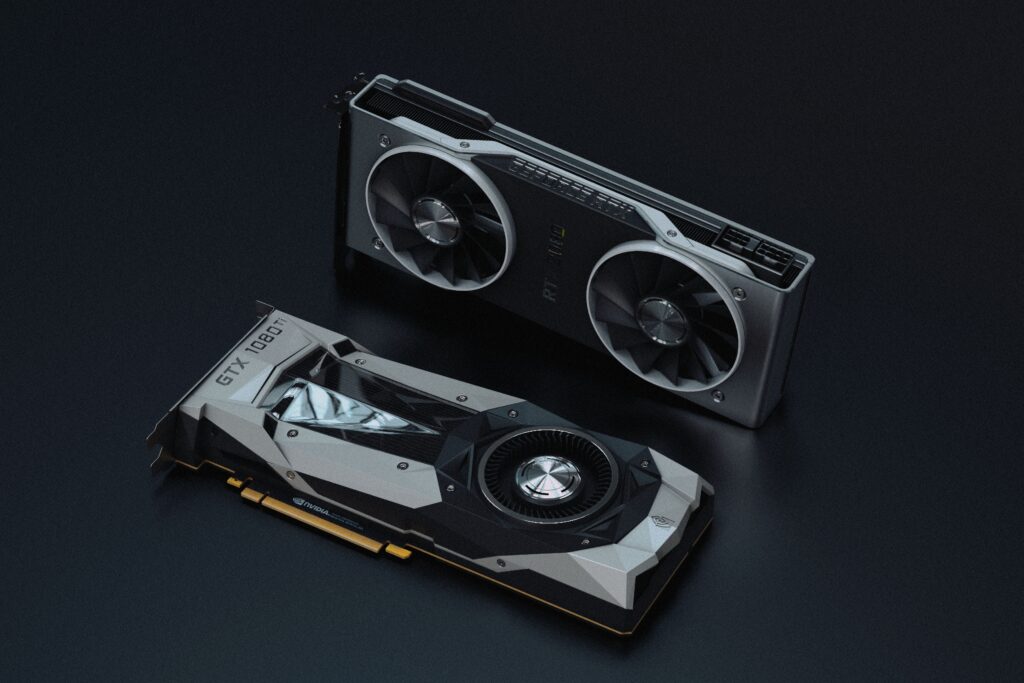
As processing power increased, graphics processors became more capable of handling complex rendering tasks, resulting in stunning visual effects and realistic graphics. We have witnessed a shift from simple 2D graphics to the introduction of 3D graphics, enabling immersive gaming experiences and lifelike simulations.
The introduction of high-definition displays has further enhanced the graphics and display capabilities of our devices. From standard-definition to high-definition and now to ultra-high-definition (4K and even 8K), the quality and clarity of images and videos have improved significantly. We can now enjoy crisp, vibrant visuals with incredible detail, making our viewing experiences more enjoyable and immersive.
Networking advancements have also played a vital role in the evolution of graphics and display technology. The ability to transfer large files quickly and stream high-quality content seamlessly has transformed the way we consume media. Streaming services like Netflix, YouTube, and Twitch have become the go-to platforms for entertainment, delivering high-quality video content to our devices in real-time.
Storage technology has also played a significant role in supporting the advancements in graphics and display.
With the increase in file sizes for high-resolution images, videos, and games, we needed storage devices that could handle these large files efficiently. Solid-state drives (SSDs) and cloud storage solutions have provided the speed and capacity needed to store and access these large files quickly, contributing to the seamless display of high-quality graphics and visuals.
Looking ahead, the future of graphics and display technology is promising. The rise of augmented reality (AR) and virtual reality (VR) technologies will push the boundaries of what we perceive as real, bringing immersive experiences to our daily lives. Advancements in display technology, such as flexible and foldable screens, will allow for new form factors and innovative designs. The combination of these advancements in graphics, networking, storage, and processing power will undoubtedly lead to even more breathtaking and realistic graphics and display experiences. The possibilities are truly limitless.
In summary, the evolution of graphics and display technology has been nothing short of remarkable in the past two decades.
Network and Connectivity Advancements
Over the past two decades, the world of computer hardware has not only witnessed advancements in processing power, storage devices, and graphics technology, but also significant improvements in networking and connectivity. These advancements have revolutionized the way we connect and interact with the digital world.
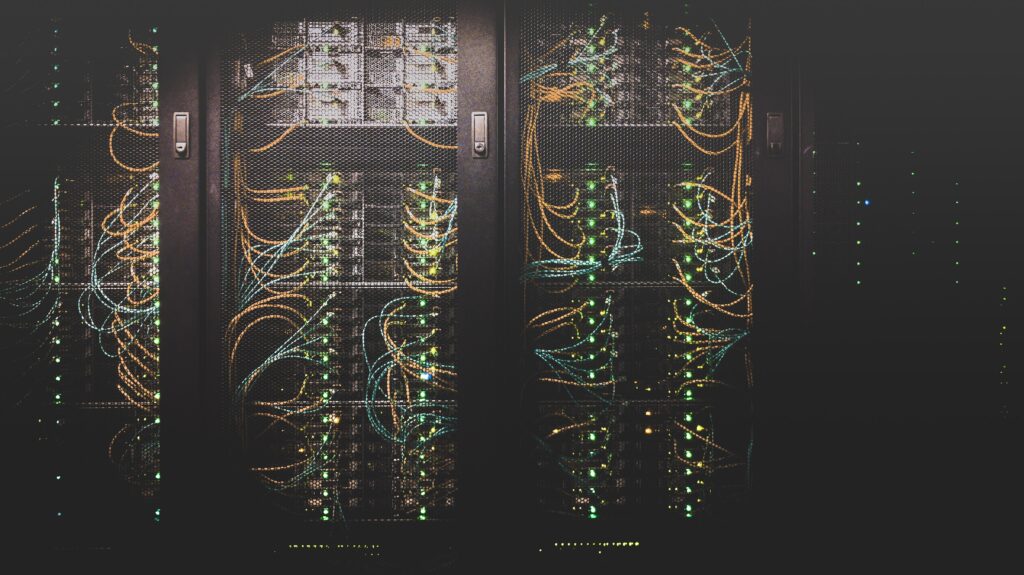
One of the major network and connectivity advancements in recent years has been the widespread adoption of high-speed internet. The introduction of broadband internet has allowed for faster and more reliable network connections, enabling seamless streaming, online gaming, and real-time communication.
We no longer have to wait for pages to load or suffer from constant buffering while watching videos. High-speed internet has transformed the way we access and consume content.
In addition to high-speed internet, the development of wireless technology has further improved connectivity. The introduction of Wi-Fi enabled us to connect to the internet without the need for physical cables, providing us with the flexibility and convenience to use our devices from anywhere within range. With the advent of Wi-Fi 6, the latest wireless standard, we can enjoy even faster speeds, increased capacity, and improved performance in congested areas.
Another significant advancement in networking and connectivity is the rise of mobile networks. The introduction of 3G, followed by 4G and now 5G, has transformed our smartphones into powerful tools for communication, entertainment, and productivity. 5G networks offer significantly faster speeds, reduced latency, and increased capacity, enabling us to download large files in seconds, stream high-quality videos on the go, and enjoy immersive augmented reality experiences.
These advancements in networking and connectivity have had a profound impact on various aspects of computing. The ability to transfer large files quickly and stream high-quality content seamlessly has transformed the way we consume media. Online gaming has become more accessible and immersive, with the ability to play with friends and opponents from around the world. The rise of cloud storage has allowed us to access our files from anywhere with an internet connection, providing us with the convenience and flexibility we need in today’s digital age.
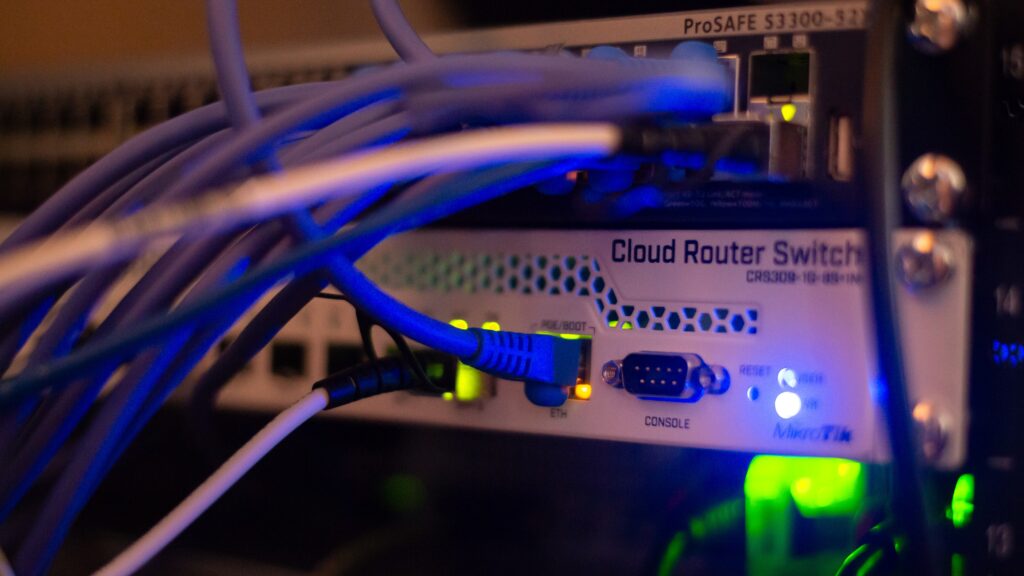
Looking ahead, the future of networking and connectivity is promising. The continued development of 5G networks will bring even faster speeds and improved reliability, enabling new technologies such as autonomous vehicles, smart cities, and the Internet of Things. We can expect advancements in networking to further enhance our digital experiences, with seamless connectivity and faster data transfer speeds becoming the norm.
The Future of Computer Hardware and Computing
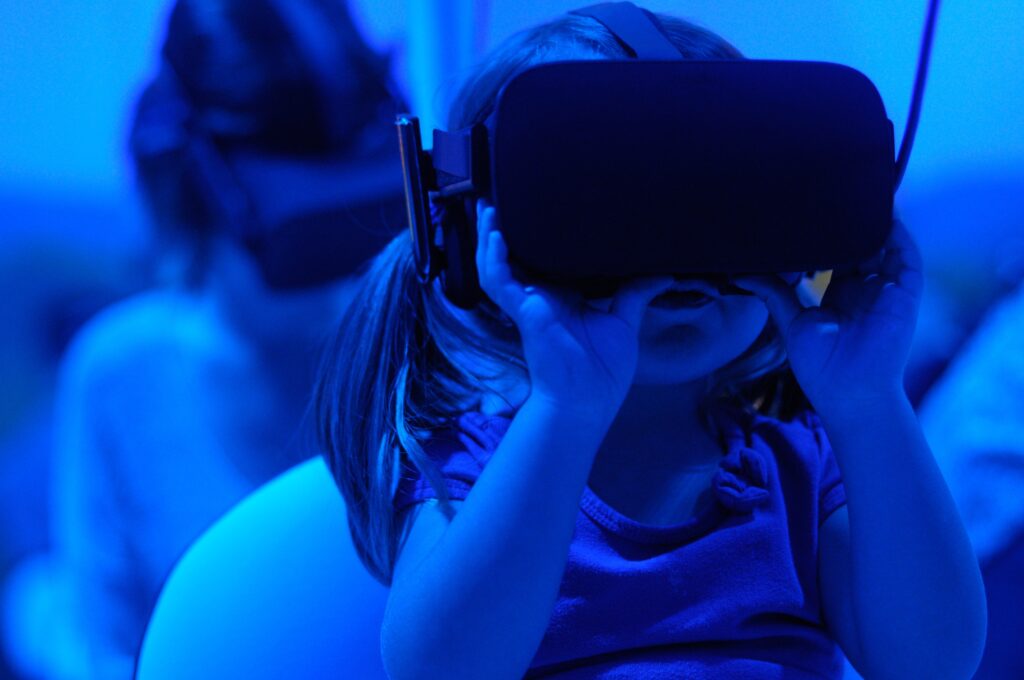
The future of computer hardware and computing holds immense potential for exciting advancements in the world of technology. As we continue to push the boundaries of what is possible, we can expect to see significant improvements in graphics, networking, storage, and processing power.
In terms of graphics, we can anticipate even more realistic and immersive experiences. Advancements in hardware and software will allow for the creation of lifelike virtual environments and augmented reality overlays that seamlessly blend with our physical surroundings.
Whether it’s gaming, design, or simulation, the future of graphics will transport us to new worlds and enhance our everyday lives.
Networking will also continue to evolve, with faster and more reliable connections becoming the norm. The rollout of 5G networks will revolutionize the way we connect and interact with the digital world. From faster download and upload speeds to reduced latency and increased capacity, 5G will enable a host of new applications and technologies, such as autonomous vehicles, smart cities, and the Internet of Things.
In terms of storage, we can expect to see even greater capacities and faster transfer speeds. Technologies like 3D NAND and NVMe will continue to push the boundaries of storage performance, allowing us to store and access large amounts of data more quickly and efficiently.
Cloud storage will also play a significant role in the future, providing us with even more flexibility and accessibility to our files and data.
Lastly, processing power will continue to improve, enabling us to perform complex tasks with ease.
The rise of artificial intelligence and machine learning will drive the development of more powerful processors that can handle the demanding computational requirements of these technologies. This will open up new possibilities in areas such as robotics, data analysis, and virtual assistants.
In conclusion, the future of computer hardware and computing is filled with exciting possibilities. Advancements in graphics, networking, storage, and processing power will transform the way we interact with technology and shape the world around us. From immersive virtual reality experiences to lightning-fast network connections, the future is bright for computer hardware and computing.
So buckle up and get ready for a thrilling ride into the next era of technological innovation!
